Most things in electronics are designed to operate from a fixed voltage, and will only draw whatever current they require at that voltage. There is no need to add additional components to limit the current drawn.
LEDs are different, and are probably where you got the idea of using a current-limiting resistor.
The voltage across a lit LED is determined by the LED's chemistry and colour, and will vary only slightly over a wide range of current. Therefore, LEDs must not be driven from a fixed voltage supply - rather they need a current-limited supply that will supply a fixed (or nearly fixed) current for a range of load voltages. The easiest and cheapest way to do this is to use a resistor in series with the LED.
For high-power LEDs, it is common to use a "constant-current" power supply which will maintain a fixed output current over a range of output voltage.
